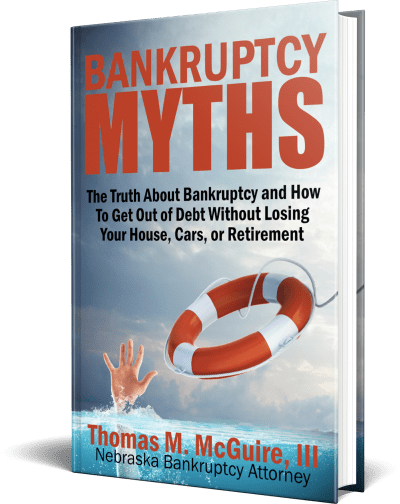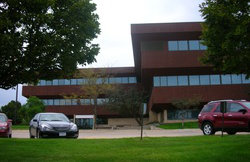Bankruptcy Basics
There are 2 main types of personal bankruptcy, Chapter 7 and Chapter 13 bankruptcy.
Chapter 7 bankruptcy allows someone to discharge most types of debts. A typical Chapter 7 case takes about 3 months from filing the case until it is discharged. Debtors are required to attend one hearing, which takes place approximately one month after the case is filed.
Chapter 13 bankruptcy requires a repayment plan in which Debtors make monthly payments to a Trustee over a period of 3 to 5 years to pay back some or all of their debts. Debtor is making best effort to pay back what they can afford to pay and any balance not paid is wiped out.
A Means Test is used to determine if a person’s income falls above or below the median income for their household size. This will help determine if a person qualifies for Chapter 7 or Chapter 13. Learn more about the Means Test from the U.S. Trustee website.
Learn The Truth About Bankruptcy And How To Get Out of Debt Without Losing Your House, Cars, or Retirement

Bankruptcy Attorney Thomas M. McGuire reveals five bankruptcy myths that keep people drowning in debt and afraid to claim the fresh start they deserve.
Learn The Truth About Bankruptcy And How To Get Out of Debt Without Losing Your House, Cars, or Retirement

Bankruptcy Attorney Thomas M. McGuire reveals five bankruptcy myths that keep people drowning in debt and afraid to claim the fresh start they deserve.

Free Consultation


